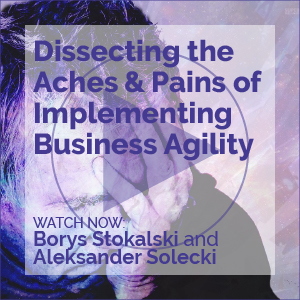Words for the Wise About Vendor Contracts
Words for the Wise About Vendor Contracts
Packaged Software Suites
Packaged Software Suites
Is Software Usability Getting the Respect It Deserves?
Before I became a usability consultant, I spent the first 10 years of my career developing hard-to-use software. Of course, I didn't know at the time that's what I was doing. As a software engineer and then project manager for a building controls company, I worked hard with my teams to deliver applications that we believed facilities managers would find useful.
Is Software Usability Getting the Respect It Deserves?
Before I became a usability consultant, I spent the first 10 years of my career developing hard-to-use software. Of course, I didn't know at the time that's what I was doing. As a software engineer and then project manager for a building controls company, I worked hard with my teams to deliver applications that we believed facilities managers would find useful.
Pandemic Redux
Domain
Security
Assertion #125The denial of service attacks and other Internet disruptions initially predicted by the Cutter Business Technology Council in the fall of 2001 and spring of 2002 have indeed increased, and the threat of large-scale deliberate disruptions remains high.
Corporate IT Spending Outlook for 2004 -- Part II: Cutting Costs, Boosting Service Top 2004 IT Budget Plans
Corporate IT Spending Outlook for 2004 -- Part II: Cutting Costs, Boosting Service Top 2004 IT Budget Plans
Where Do Project Management Groups Fit In?
Testing: Key to Adaptability
Agile Versus
Is agile project management and development incompatible with other approaches? Much has been written about agile versus CMM (the Software Engineering Institute's Capability Maturity Model) or agile versus PMBOK (the Project Management Body of Knowledge), but are these approaches, practices, philosophies, and knowledge incompatible?






